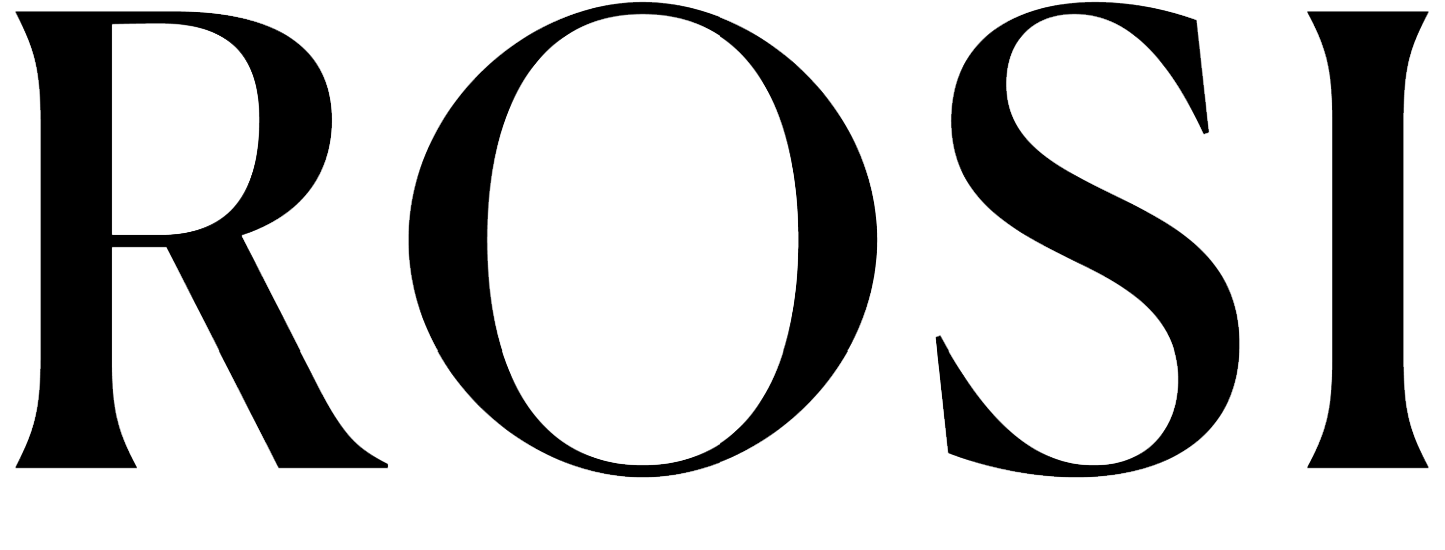The Theory of color + it’s impact on well-being
Have you ever found yourself gravitating to a certain space because of how it makes you feel?
Maybe it’s the way your drawn in to a space with restorative and healing qualities, or the way your favorite coffee shop has that “buzzed” energy you need to kick start your day. Although it could be a multitude of factors, underlying it all is one of our favorite elements; COLOR. It is arguably the most critical element as it can change the energy of a space, quickly. It is largely why we look at and understand the implications of the color schemes we use and the success of interior design requires advanced methodology and color planning. When we understand our clients and their response to color, we understand as designers how to select color for any given space - whether residential or commercial. Color creates impact on a space and reflects personality for its home or business owners. As interior designer, Kelly Wearstler famously stated, “Color has the power to transform a space, evoke emotions, and tell a story. It's the soul of design, breathing life into every corner and capturing the essence of its inhabitants.”
By bringing in warm materials like white oak, brass, and pops of terracotta, it adds a level of coziness to this basement kitchenette.
Defining the Psychology of Color :
Color Psychology is a theory of how each color affects a person’s mood, cognitive functions, creativity, and productivity and has been studied for centuries. It is studied scientifically as different hues of each color of the spectrum affects the human brain differently.
Understanding Color and the Human Response to Color :
The human psyche responds to the aesthetic comfort of color; Psychological and physiological well-being is strongly influenced by two man-made factors - color and light. Keep in mind that color preferences can change with age and experiences. Color has several functions to influence a person's mood, energy level and feelings of order or disorder. A couple examples conclude the general purpose of a room can be designed with a functional color choice that suggests calm or relaxation, excitement or activity. Color also has an impact on the health and productivity of the employees in the work environment, whereas, the overall design affects job performance and communication.
With the use of an all black bathroom, it creates a sense of drama and interest for even the smallest of spaces.
Our Favorite Tool is the Color Wheel - Why do we use it? :
The color wheel has been around for a long time and is used to understand the relationships between colors. It consists of 12 colors in total, with three primary colors - red, blue, and yellow spaced equidistantly from each other at its core. We pull it out for every project and we never take its significance for granted. Color harmony involves a pleasing arrangement of colors in the interior whether it is eccentric, timeless, or contemporary in palette. It’s used to create a cohesive space that tells a story, in which we address hue (color), saturation (intensity of color), and contrast, which are the raw materials of any design palette. But for the sake of keeping this blog from becoming a thesis paper, we will keep this to Color Theory 101.
The phenomenon of color has been studied for centuries and will continue to have an irrefutable impact on human life, our productivity, and the human emotional response which can vary due to different life and cultural experiences.
Cheers, ROSI.
Greece, 2016.
A cultural example of how color can define a place. The calming Mediterranean blue’s and lime stone building are what make these Greek ports iconic.



